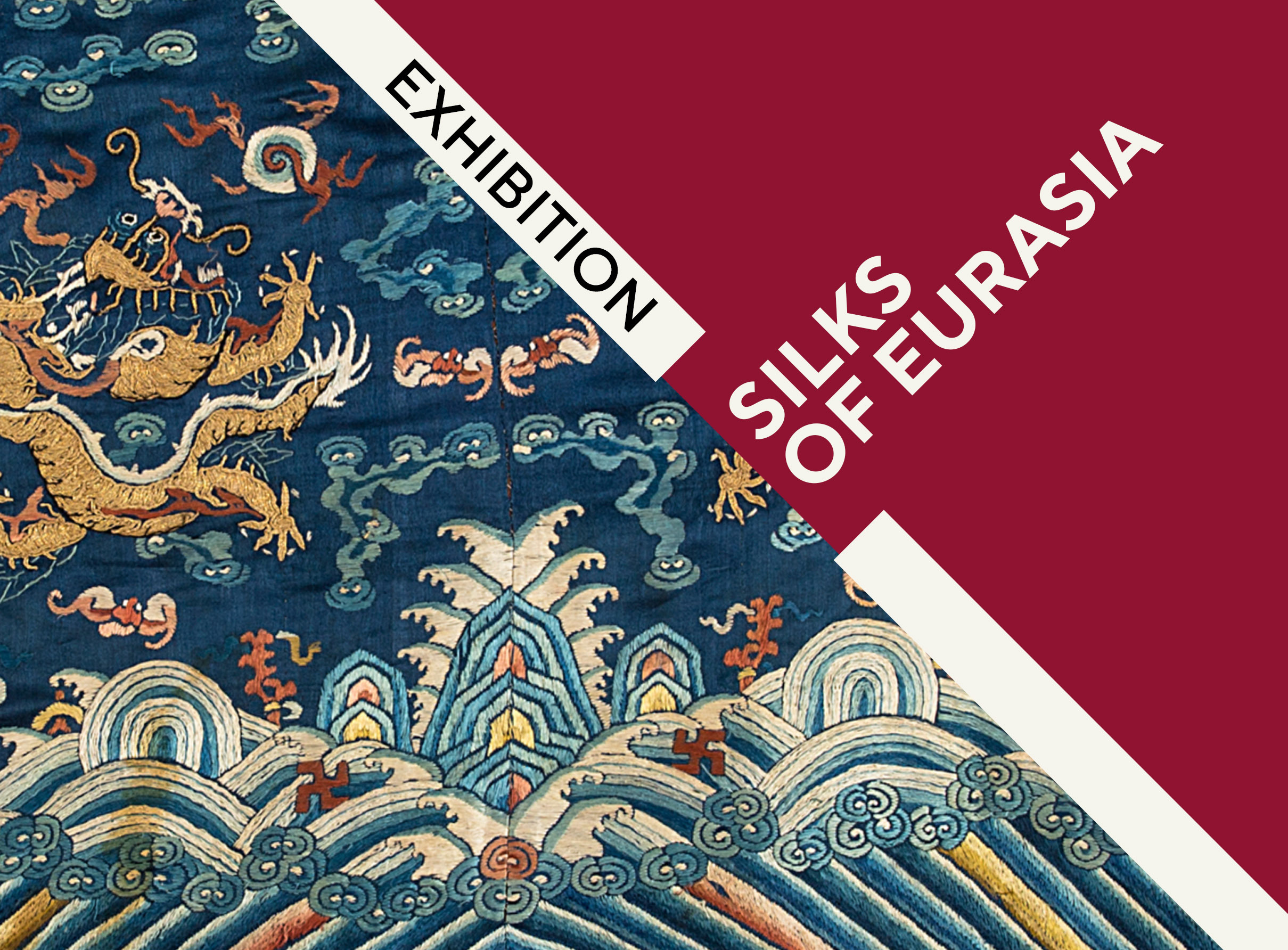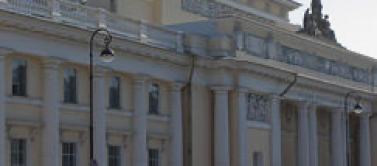About the exhibition

The exhibition ‘Silks in the Culture of the Peoples of Eurasia’ is dedicated to the culture of silk, the most exquisite and expensive textile material in the history of mankind that was worth literally its weight in gold. The main idea of the project is to explore silk as a symbol of the local cultures of the major historical and ethnographic regions of Eurasia, like Siberia, East Turkestan, Central Asia, Iran, the Caucasus, and Eastern Europe. Such a comprehensive overview allows to highlight the originality of the silk attire in each of these regions and show that even neighbors have different practices of using silk fabrics, representing a unique ‘cocoon of tradition.’ At the same time, many peoples’ traditional preferences did not exclude the import of prestigious goods and materials adapted to the cultural needs of society.
Despite the diversity of the silk phenomenon, its main distinguishing feature was its high iconic status: silk fabrics symbolized elitism, prosperity, and sacred purity. Nevertheless, many ethnic groups incorporated silk items into their everyday costumes. The peoples engaged in the production of silk still consider the traditions of silk weaving to be their cultural heritage and perceive fabrics as their ethnic symbol.
The history of silk is one of the most fascinating pages of the cultural history of mankind. The birthplace of sericulture was Ancient China, where the silkworm butterfly was domesticated and the mulberry tree was thoroughly bred as its leaves fed the caterpillar before curling into a cocoon of silk thread. China stimulated the development of the silk trade on a continental scale; the huge demand for the material gave rise to the phenomenon of the Great Silk Road, which connected many peoples from the Atlantic to the Pacific Ocean.
During the ancient history and the Early Middle Ages, the silk culture spread across Eurasia, mainly along the 40th parallel. Large sericulture zones sprung up in Sogdia, ancient Iran, historical Armenia, and Byzantium. In the Late Middle Ages, the Byzantine traditions were inherited by the Sultan’s court of the Ottoman Empire. Safavid Iran in the 17th century, in cooperation with Armenian merchants, took the leading positions in the world silk trade. In the Early Modern Period, with its rapid development of industrial production, silk manufactories appeared in the cities of Italy and France.
In the Russian Empire of Peter the Great, the first silk plantations and silk-weaving manufactories were founded in Astrakhan, sponsored by Armenian entrepreneurs. In the mid-18th century, Moscow became a sericulture center, too. As the empire was getting bigger, the silk-growing areas of Central Asia, the South Caucasus, and the Northern Black Sea region, with their artisanal silk-weaving workshops, got into the zone of its economic interests.
The exhibition presents a variety of combinations of factory-produced and artisanal silk fabrics typical for the 19th and early 20th centuries in Central Eurasian cultures. The exhibits are authentic applied arts masterpieces; there are famous Chinese silk robes, the best samples of handicraft reserve-dyed fabrics from Central Asia, luxurious silk carpets from Iran, kelaghayi air scarves from the South-East Caucasus, famous gold-thread Slutsk belts, elegant accessories of Russian costume made of factory silk, and opulent silk-embroidered clothing of the Finno-Ugric peoples of the Volga Region.


